11 common issues American home sellers try to hide – and how they do it
Sneaky tricks sellers use to hide issues with their home

When buying a new house, you want to ensure you're investing in a secure, structurally sound building that won't end up being a huge money pit. But, sadly, not all sellers are forthcoming when it comes to issues.
Click or scroll to find out what common problems sellers try to cover up, and how they do it...
Damp and mold

Damp is a common problem for homeowners, especially those living in older properties. It can be caused by excess moisture, poor ventilation, and reduced airflow. It might not sound like a big deal, but damp can lead to structural issues, including rot.
It's also the biggest cause of mold, which isn't just hard to get rid of and damaging to homes, but bad for our health too. Damp can devalue a home by up to 53%, depending on the severity of the issue, according to website The Nest. So, it isn't surprising that some shady sellers attempt to hide it.
Leaks and water damage
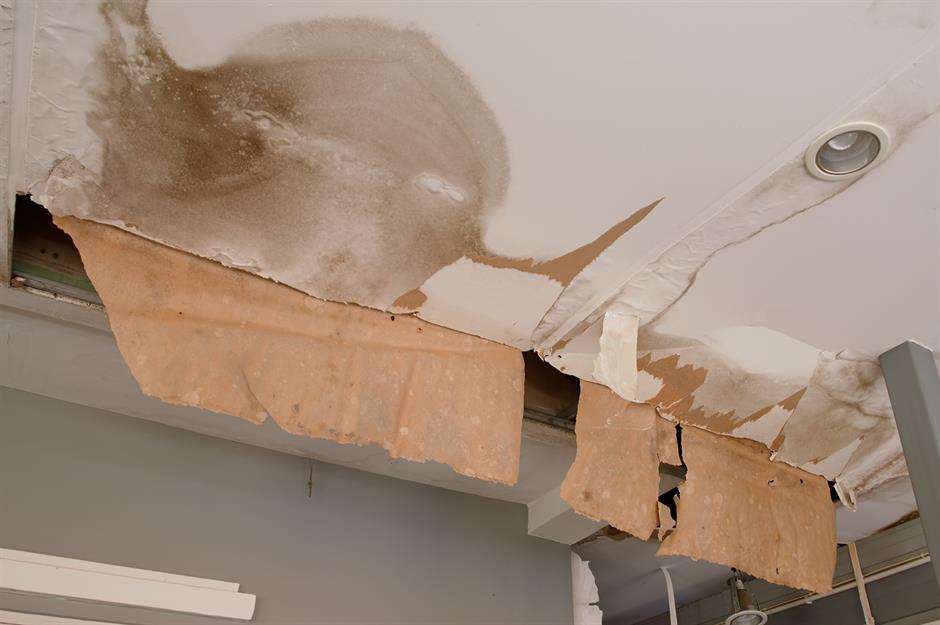
Whether caused by faulty guttering, a damaged roof, a burst pipe, or even localized flooding, water ingress can quickly lead to property damage. Just like damp, leaks can cause structural instability and mold growth that, if ignored, can lead to a range of health issues.
Homes with previous water damage sell for an average of 3% less, according to a study conducted by the National Association of Realtors.
A pest problem
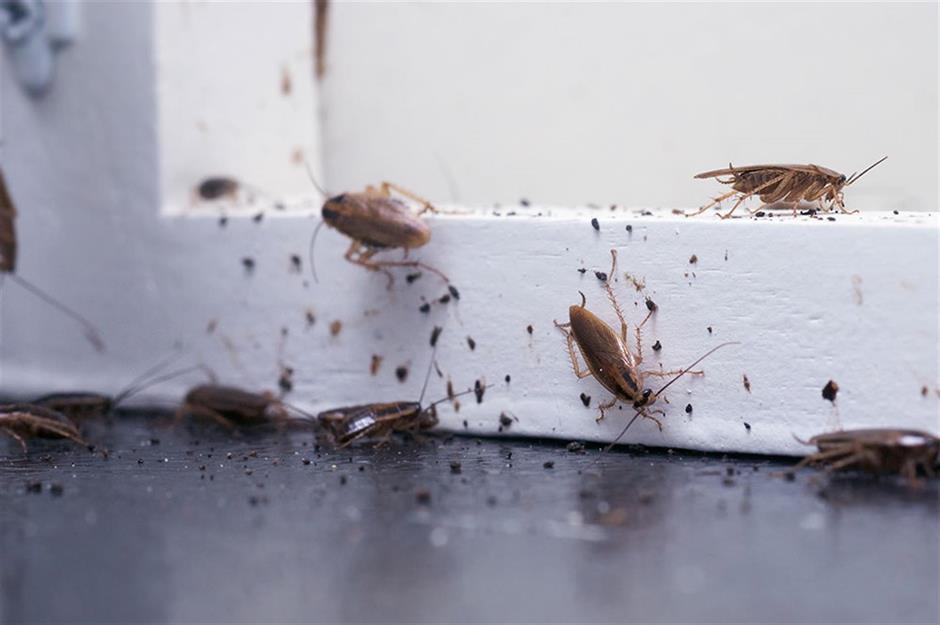
No matter how hard we try, we all experience household pests at some point. But, if left unchecked, a pest problem can soon turn into an expensive infestation.
From termites to cockroaches and rats, countless pests can set up home in our properties and depending on the seriousness of the invasion, it can be hard and expensive to get rid of. As a result, the value of a property could drop significantly.
Signs of pets

While 66% of American households own a pet, others aren't as keen. Prospective buyers may be put off by the presence of pets, fearing lingering smells, allergy issues, and damage to carpets and fixtures.
So, it makes sense that some sellers might want to hide the fact that they housed an animal.
Environmental hazards
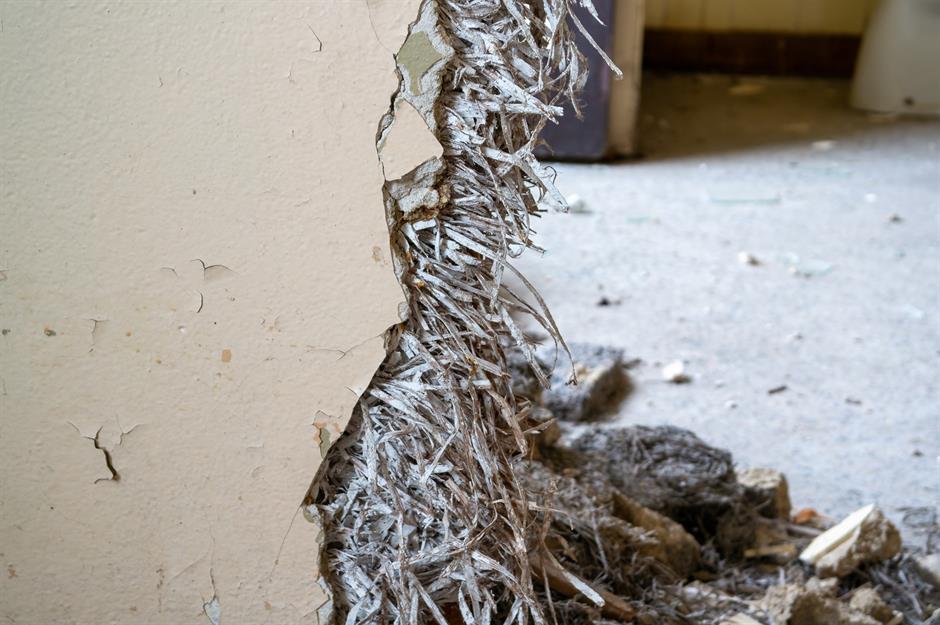
In older homes, there can be an array of environmental hazards that can not only affect our health, but also the value of our homes. From asbestos to radon and lead-based paints, these hazards can influence the quality of indoor air or cause physical dangers like fire, lead poisoning, or even cancer.
The presence of asbestos, for example, can be a big issue and can cost between $1,200 and $3,000 to remove professionally, according to the cost guide website Angi. Plus, homes with identified asbestos typically sell for between 1% and 15% less than comparable ones without it.
Problem plants

Stubborn, non-native plant species can cause damage to homes and yards, and, if left to grow, can become a threat to neighboring properties too. This can lead to a lawsuit and an expensive removal job, since most invasive plants must be removed professionally. So, a seller may take a shortcut to deal with the plant in the short term.
Japanese knotweed is one of the most problematic species and is present in 41 states, impacting property prices if left untreated.
Maintenance issues or damage
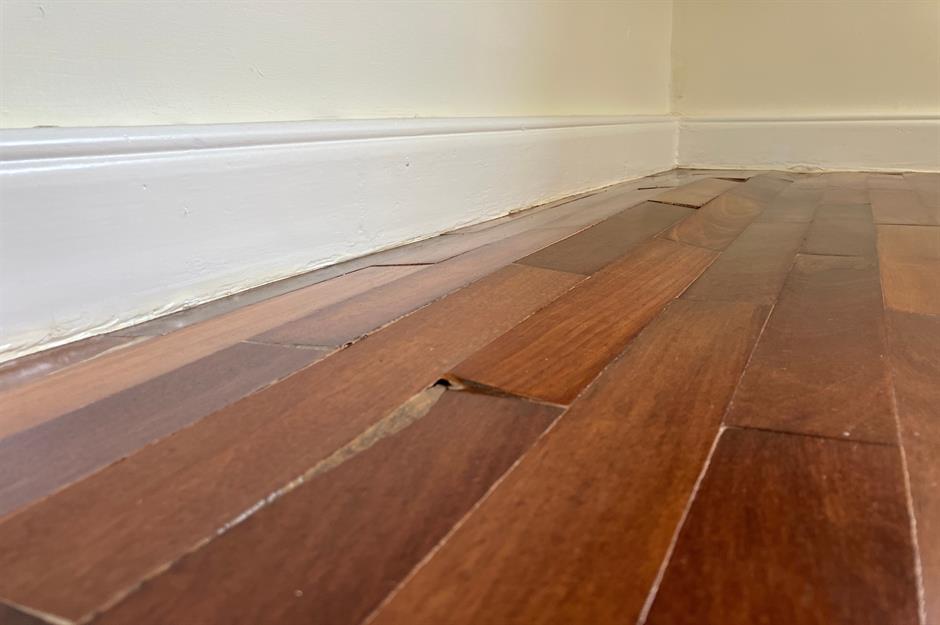
As homeowners, it can be hard to keep up with all the maintenance our properties require, from servicing the HVAC system to fixing damaged floors or broken fencing.
But homes that aren't looked after can soon become money pits, with buyers stuck with a building that requires expensive repair works or renovations. Scarily, there are numerous ways sellers can hide maintenance issues or damage. More on this later...
Previous insurance claims or damage

If a seller has ever had to make an insurance claim for property damage or even theft, buyers have a right to know.
Any house-hunter should consider reviewing the home’s history of claims and repairs to ensure they aren't buying a building with a long list of past issues or damages.
Structural problems

Significant structural problems, like subsidence or a faulty roof, can be costly to repair and could even affect the safety and integrity of the building itself. As an example, foundation repair can cost anywhere between $2,200 and $8,100, according to This Old House.
So, it goes without saying that some sellers might be keen to disguise significant structural issues. After all, a major problem could decrease a home's value by as much as 25%.
Dodgy electrics
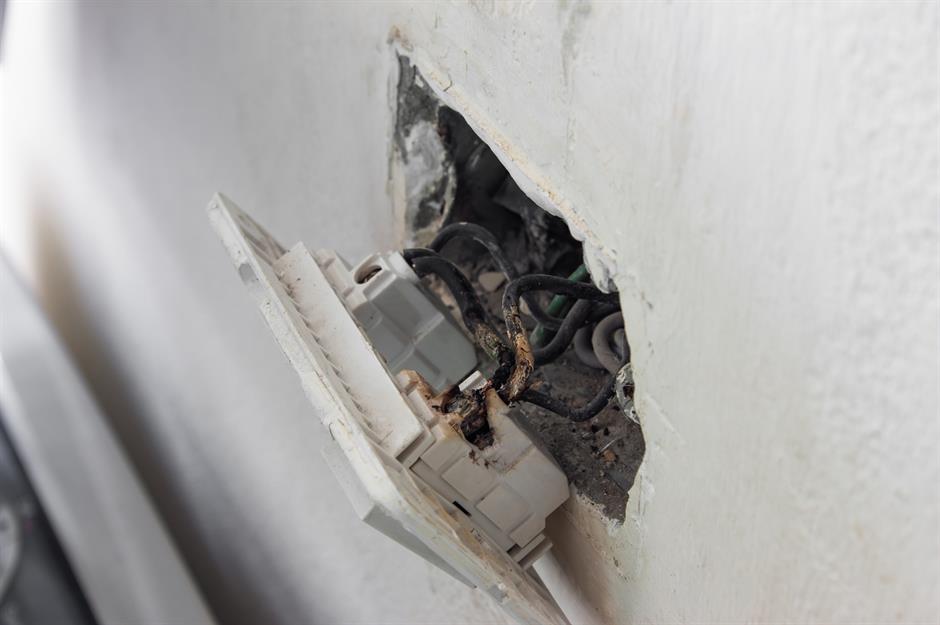
Outdated or inefficient electrical systems and appliances can not only devalue a home but could be dangerous, causing possible electrocution or even a fire. This is especially true if the seller carried out dodgy DIY work themselves.
Sneaky tricks to look out for...

Before we discuss how sellers go about hiding issues with their home, it's important to note that most sellers are honest and forthcoming with property problems.
Every state's disclose laws are different, so it's important to do your research. Some do not have a standard disclosure document but instead employ the caveat emptor or 'buyer beware' rule. This states that it's the buyer's responsibility to find out if the property has any issues before making a purchase.
Read on to discover the sneaky tricks that some sellers use to conceal problems with their homes...
Legal issues

From property boundary disputes to building work carried out without the necessary permissions, legal problems can be inherited when you buy a house. That's why it's so important to ensure you know the full legal history of the home you're buying, before signing on the dotted line.
Otherwise, you could find yourself in a lawsuit with a neighbor, or having to demolish the lovely kitchen extension that was built without a permit.
Fresh paint
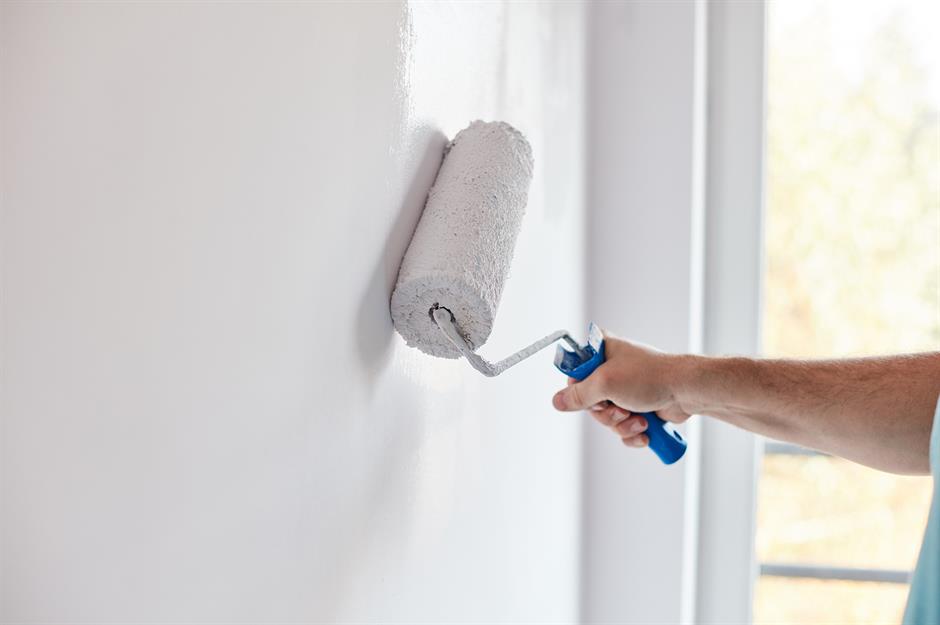
When walking around a prospective home, do you smell the unmistakable scent of fresh paint? If so, it might be a sign that the seller is trying to cover something up. Paint will quickly cover damp patches or recently cleaned mold, but it certainly won't solve the underlying issue. If you ignore the smell, you could find yourself owning a property with a myriad of issues.
So, if you smell fresh paint, ask the realtor why. Check the corners of rooms, skirting boards, and behind radiators for signs of issues, and if you suspect there’s something amiss, consider investigating further before signing on the dotted line.
Weird staging or furniture placement

Furniture, rugs, drapes, and even wall art can be used to cover up problems, from water-damaged floors to cracked walls or pet-chewed skirting boards.
So, when viewing a house, look out for any weird staging or furniture placement. If you're unsure about something, ask the realtor to move the item so you can have a better look.
Odd or inflexible viewing times

If you're looking to visit a house and the seller is being inflexible about viewing times, then this could be a sign that something is amiss. It's always advisable to view a home more than once, at different times of day and the week.
That's because a lunchtime viewing on a Monday and an evening viewing on a Saturday night might look very different. Is there a lot of traffic during rush hour? Is there a train line or flight path nearby? Does the driveway flood when it rains? Do the neighbors host weekend parties? These are all things to consider before buying.
Strong air freshener scent

Just like a lick of paint can hide damp patches or mold, so too can a strong air freshener. Used to distract from that classic damp smell, air fresheners can also be used to cover pet odors or smelly blocked drains.
If you enter a prospective home and are hit by a strong, artificial scent, it might be worth investigating what the seller is trying to hide.
Excluding certain rooms

Some sellers might even go as far as excluding certain rooms or areas from their listing photos or preventing prospective buyers from entering those spaces when they view the house. This is a trick to try and cover up issues, from an ugly view to structural damage.
So, if the seller says you can't go into a room because it's being used for storage or hasn't been cleaned, proceed with caution.
Resurfacing to mask problems
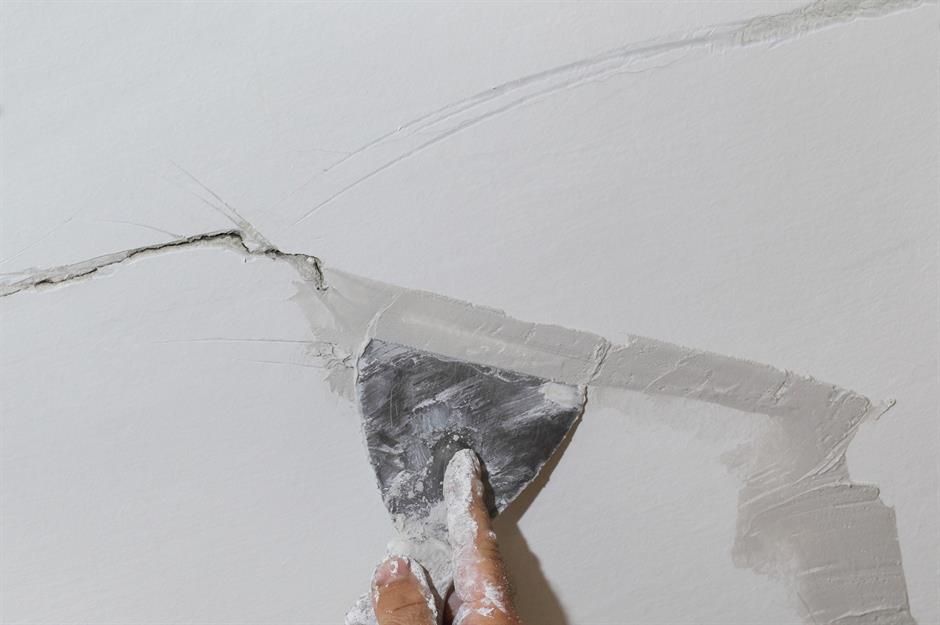
If the seller has spotted major cracks or damage to their home's walls, ceilings, or foundations, they may attempt to conceal them by resurfacing to hide the signs. Some cracks might be merely cosmetic, but others could be a sign of a big problem – subsidence.
Caused by the ground under a property sinking, subsidence can lead to foundations becoming unbalanced and can even make walls and floors shift. When viewing a home, look for signs of fresh plaster or render and consider asking the realtor whether any work has recently been completed.
Quick yard jobs
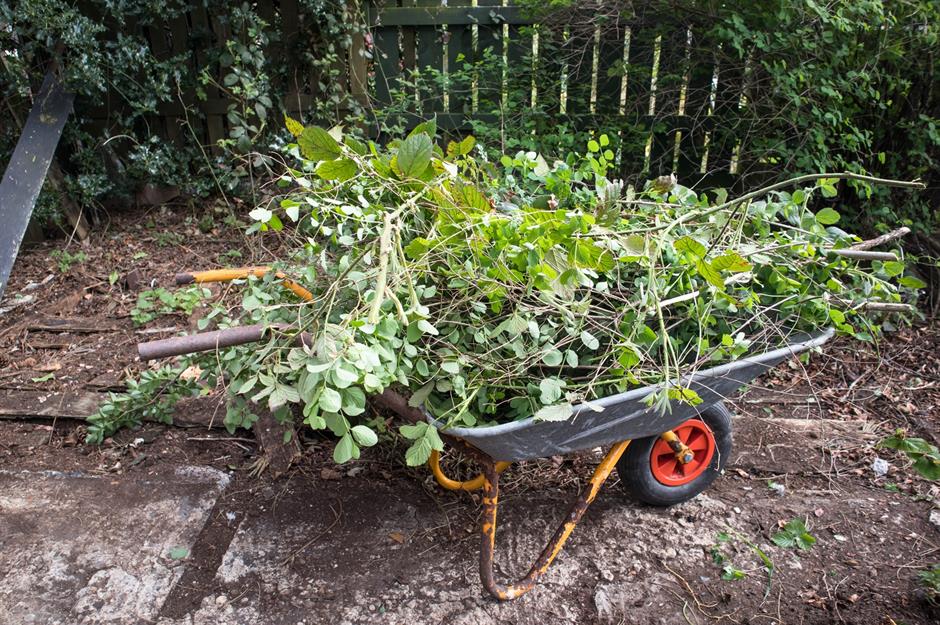
Many sellers will get into the yard before a viewing to ensure their outdoor space is looking at its best. But, it's worth noting that some could use a quick garden job to conceal problem plants or issues with pests, like rats or raccoons.
Look out for areas that have been stripped of foliage and ask why. After all, if the seller has carried out a DIY Japanese knotweed or bamboo removal, it is almost certainly going to grow back, and you could be stuck with a lawsuit on your hands
Keeping quiet

Of course, the most common way sellers hide house issues is by keeping quiet about them. Whether they've faced legal disputes with their neighbors, knocked down internal walls without permission, had a long-standing termite infestation, or there's radon lurking in the soil outside, sellers might simply avoid the subject when trying to sell.
Always familiarize yourself with your state's disclosure laws before committing to buy.
Love this? Discover more advice on buying and selling houses
Comments
Be the first to comment
Do you want to comment on this article? You need to be signed in for this feature